The JAXA ViSHOP web site was down for maintenance over the weekend. It is now back in action, to reveal Arctic sea ice extent at the lowest for the date in the AMSR2 record:
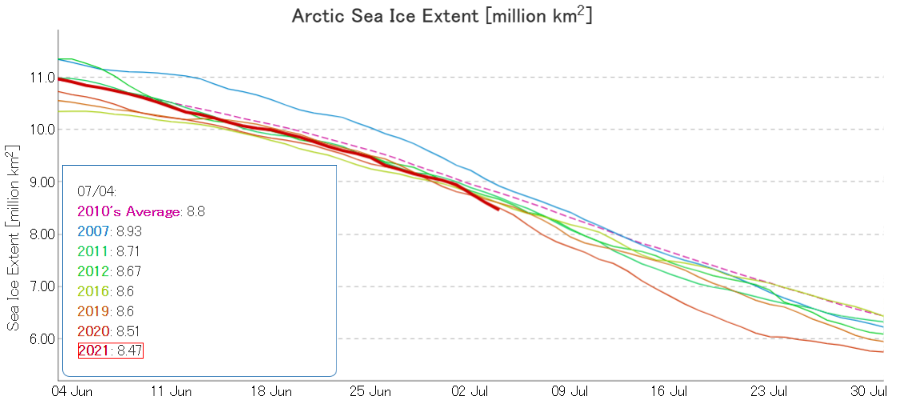
High resolution AMSR2 area is also now lowest for the date:
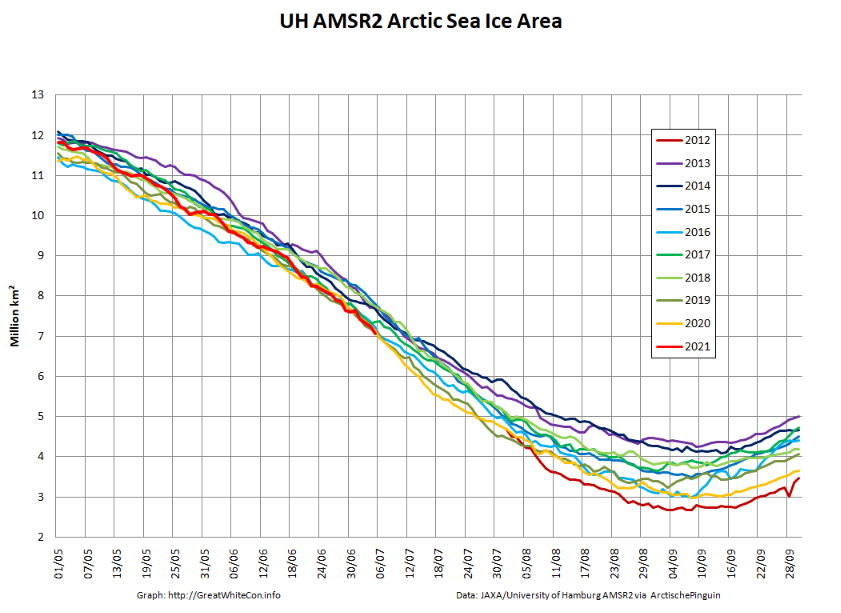
as indeed is extent:
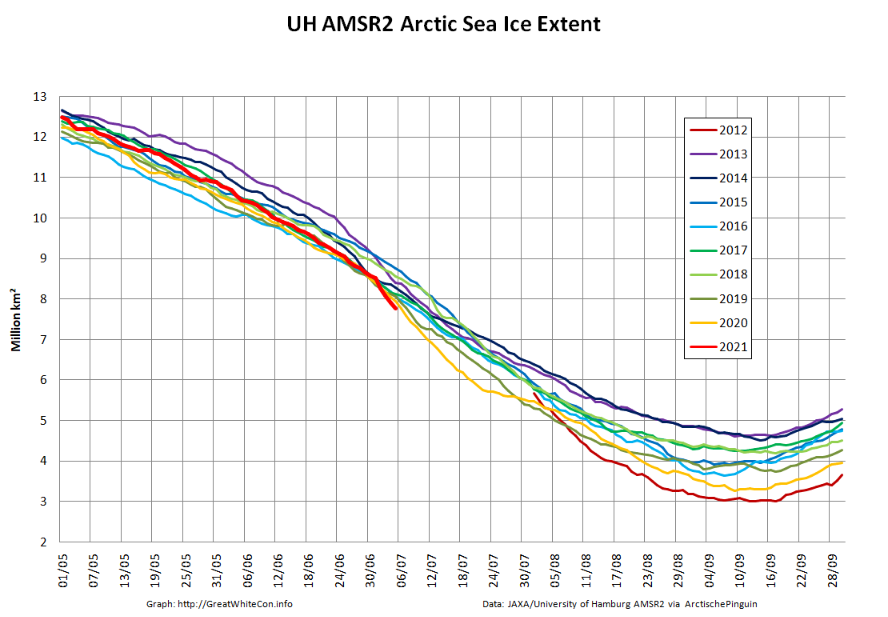
According to the Canadian Meteorological Centre the current cyclone has bottomed out with a central mean surface level pressure of 971 hPa:
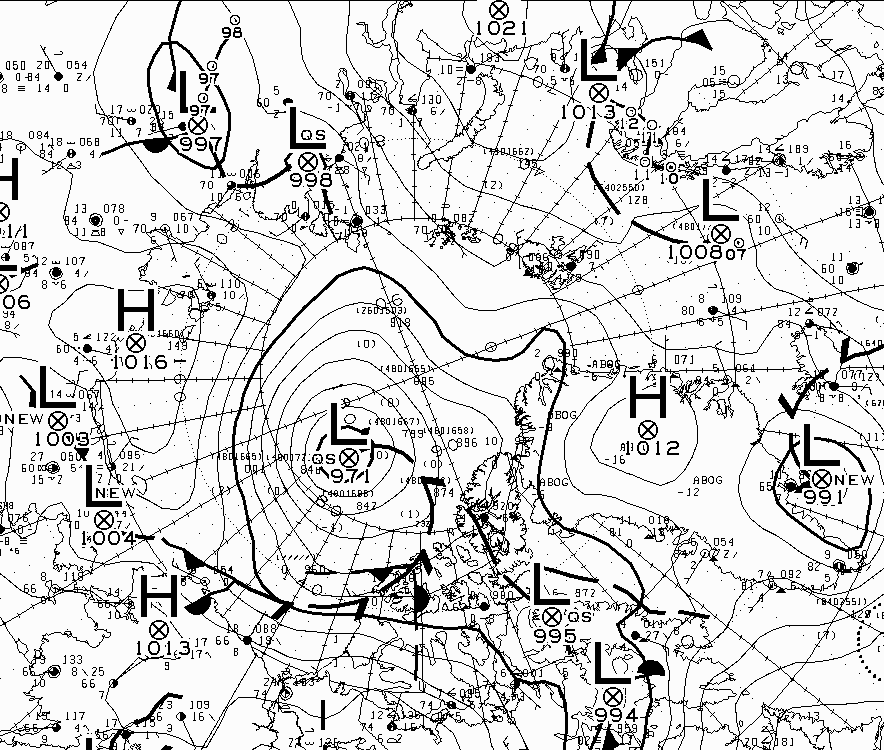
The after effects of the recent cyclone are now plain to see, both at microwave frequencies:
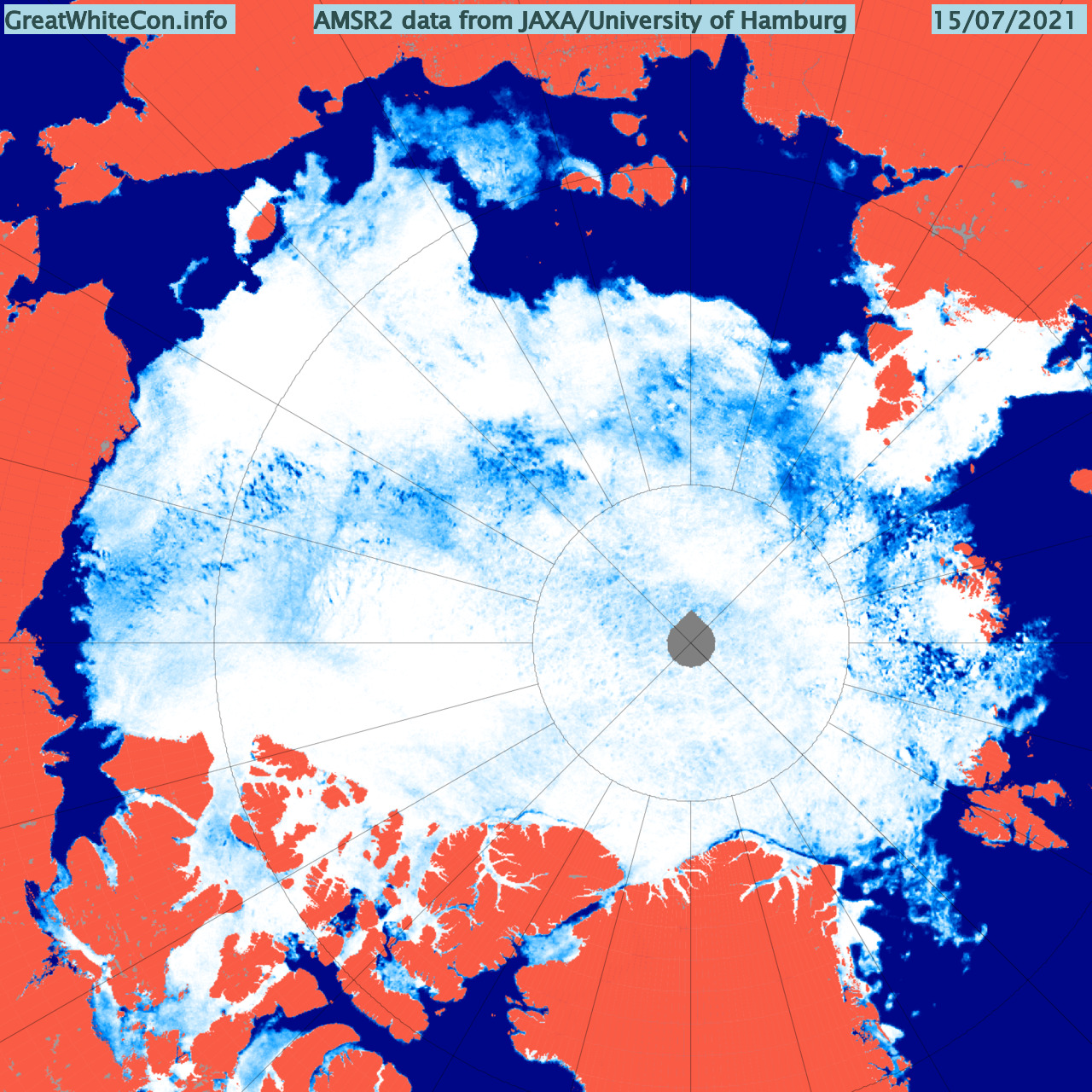
and visually:
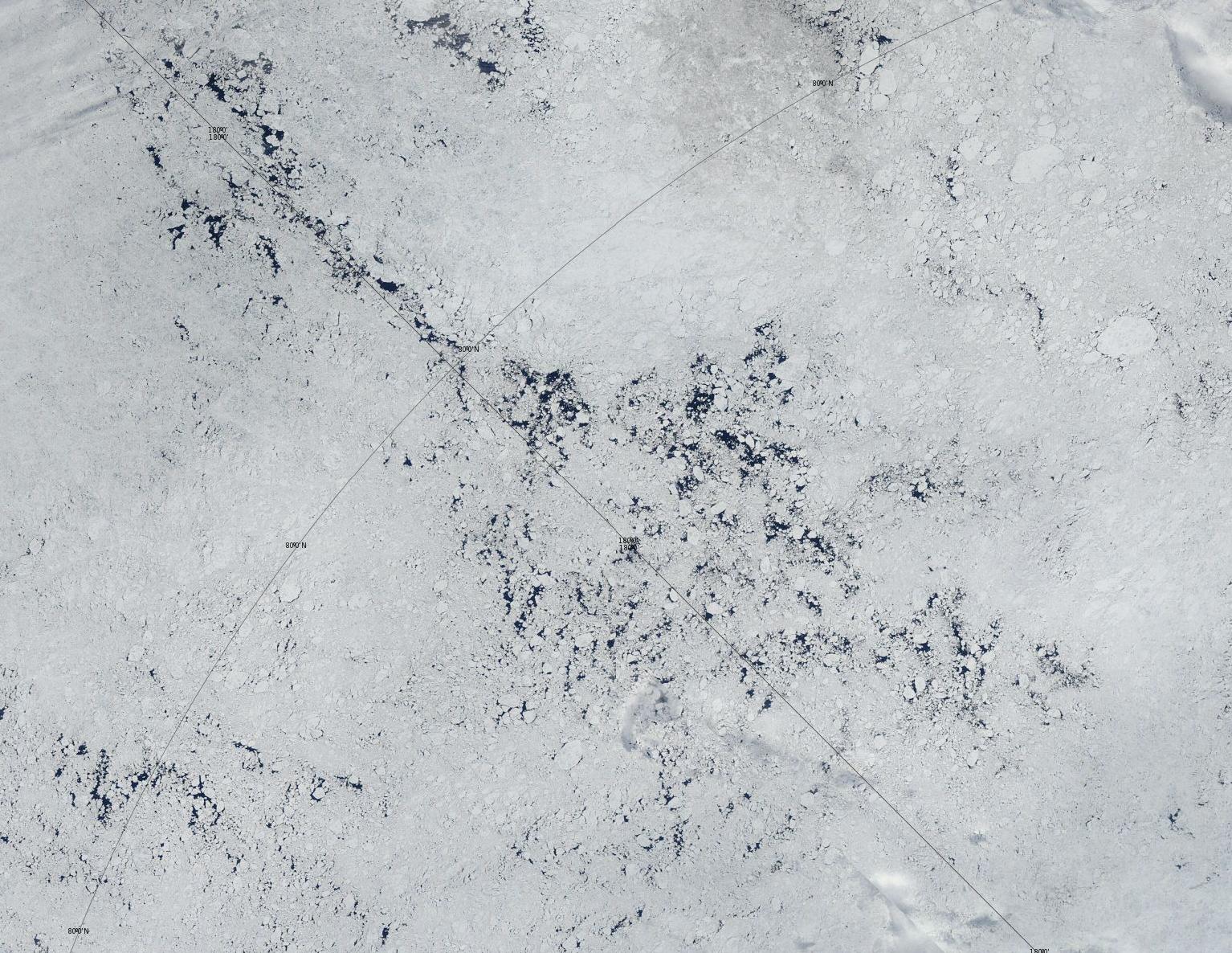
As high pressure builds over the Central Arctic Basin there’s a nice clear view of the state of the sea ice between northern Greenland and the North Pole:

As a recent academic journal paper by Axel Schweiger et al. puts it:
The Arctic Ocean’s Wandel Sea is the easternmost sector of the Last Ice Area, where thick, old sea ice is expected to endure longer than elsewhere. Nevertheless, in August 2020 the area experienced record-low sea ice concentration…
In spring 2020, the Wandel Sea had a mixture of both thin and—unusual for recent years—thick ice, but this thick ice was not sufficiently widespread to prevent the summer sea ice concentration minimum. With continued thinning, more frequent low summer sea ice events are expected. We suggest that the Last Ice Area, an important refuge for ice-dependent species, is less resilient to warming than previously thought.
Surprised not to see any comments here, so thought I’d add one.
Your mid-month post about the storm followed some measurement of new extent lows, but things now appear to be stalling a bit. Any correlation from your point of view, or other rationale for the slowdown?
The Arctic weather over the last few weeks has been somewhat on the stormy, cloudy and hence cool side:
The assorted thickness maps back in May showed anomalously thick ice in the Beaufort and Kara Seas and those areas are still well behind the recent curve:
However it looks as though that is about to change:
However note that the thick ice that PIOMAS claimed was present in the East Siberian Sea hasn’t survived very well!